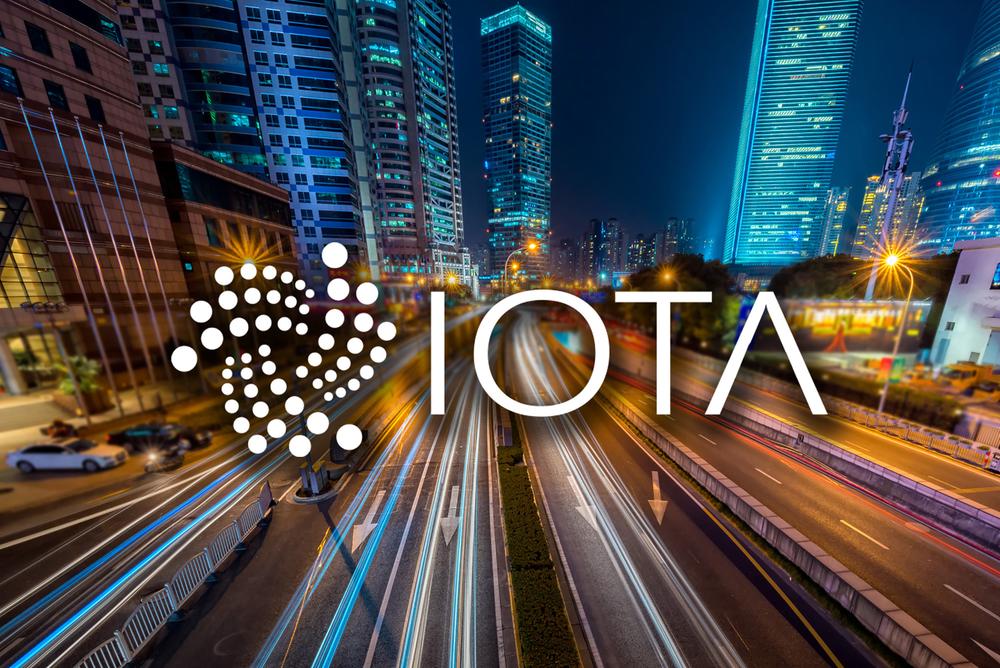The IOTA foundation is working with a variety of companies around the world to pilot the potential use of IOTA technology and discover the potential of the Tangle technology. In a new report, IOTA reveals what an smart city of the future could look like.
On September 5th, the IOTA Foundation published a new report that takes a look at smart cities from a new perspective, highlighting the benefits of a new smart ecosystem compared to traditional cities. The study “Towards Open & Transparent Cities” comprises a total of 19 pages and delves deeper into the concept of smart city projects. The report shows the real challenges that can arise and how IOTA can address them in detail.
IOTA is critical and gives a detailed description of how previous systems are sluggish. By using distributed ledger technologies (DLT) and the Internet of Things (IoT), however, a whole series of routine tasks can be handled faster and completely automatically and error-free. Above all, this can save valuable capital, which can be better invested in other areas where the capital is urgently needed.
The IOTA Tangle can solve many problems
IOTA’s Tangle technology offers many advantages which, in comparison to centralized databases, can ensure significantly faster and more effective processing and preparation of the data flood. The authors explain this in more detail in the report:
The IOTA Tangle offers all the benefits of a DLT with the underlying principles of a blockchain, but it has a different underlying infrastructure, which allows the network itself to determine transaction approvals. Its interoperability and speed thus make it ideal for devices that need to talk to each other in a wide variety of situations.
The Tangle technology can therefore be used in the following areas in particular:
- Transport systems,
- Regulation of heating and lighting systems,
- Waste and recycling systems of cities,
- Governments and other public institutions
Another large field of applications are Peer-to-Peer networks, where IoT sensors are used to supply the controllers with data. These can be controlled decentralized via the IOTA Tangle. According to current estimates in the report, more than 50 billion IoT sensors will be used worldwide by 2020, and the Tangle could be used to operate them.
Will all cities of the future use the IOTA Tangle?
As IOTA describes it, other real-world applications include energy and building management as well as urban infrastructure. Since the beginning of 2018, IOTA has been working with Taipei, the capital of Taiwan, to realize the vision of a Smart City.
Taipei municipality and the IOTA Foundation teams up on Taipei’s Smart City Living Lab initiative together with @biilabsrocks to make Taiwan’s capital a leading smart city.#IOTA #smartcity pic.twitter.com/mS8M0O5Kxa
— IOTA (@iotatoken) 30. Januar 2018
Among other solutions, a digital citizen ID card is being developed to reduce the risk of election fraud and prevent identity theft with the help of the TangleID card. In addition, the TangleID will store citizens’ health data and other important information. Furthermore, IOTA is a participant in the “+CityxChange” project, funded by the European Commission, which aims to further explore smart cities and their links with innovative technologies such as the Tangle.
All in all, however, IOTA has hardly any real use cases yet. It remains to be seen how the IOTA Tangle technology will succeed and what results IOTA can achieve in the coming months.
IOTA’s price has been moving sideways for quite a few months now and is currently at USD 0.24 at the time of writing.
Recommended for you:
Subscribe to our daily newsletter!
No spam, no lies, only insights. You can unsubscribe at any time.




